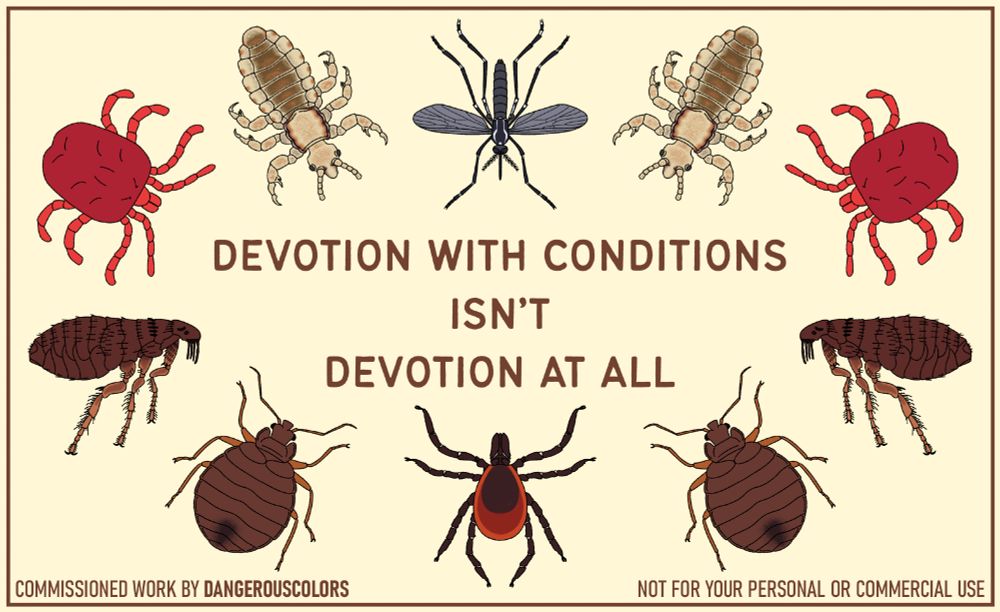Karen C. Poh
@areyoukeddingme.bsky.social
1K followers
1K following
38 posts
Entomologist || Ticks of Livestock and Wildlife 🐮🦌🕷🗺📈 || Zoonotic Diseases || One Health || Disease Ecology || Views are my own || https://karencpoh.weebly.com/
Posts
Media
Videos
Starter Packs
Reposted by Karen C. Poh
Reposted by Karen C. Poh
Reposted by Karen C. Poh
Reposted by Karen C. Poh
Reposted by Karen C. Poh
Reposted by Karen C. Poh
Reposted by Karen C. Poh
Reposted by Karen C. Poh
Reposted by Karen C. Poh
Reposted by Karen C. Poh
MUVE
@muve-esa.bsky.social
· Aug 28
Reposted by Karen C. Poh
Reposted by Karen C. Poh
Reposted by Karen C. Poh

















